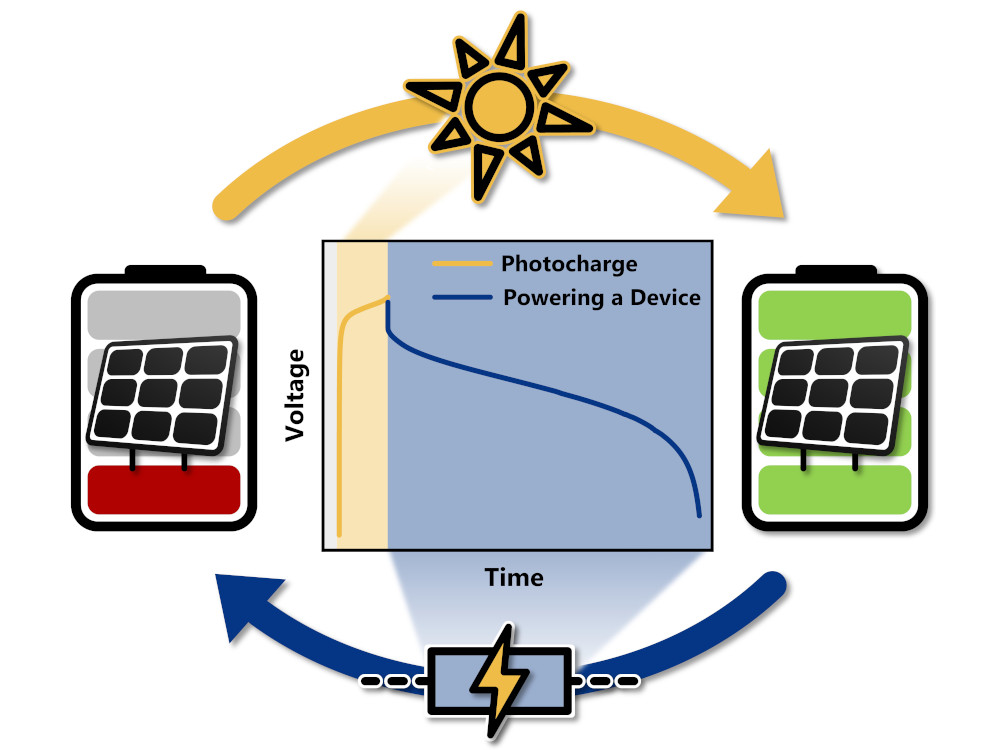
13 Feb Photo battery reaches the voltage required for IIoT devices
Connected smart devices and sensors can improve the energy efficiency of buildings and systems by monitoring their consumption in real time. Such small devices for the IIoT are dependent on energy sources that are as compact as possible. Monolithically integrated batteries that simultaneously generate, convert and store energy in a single system could be used for this purpose. As part of their research in the ‘Living, Adaptive and Energy-autonomous Materials Systems (Livmats)‘ Cluster of Excellence at the University of Freiburg, a team of scientists has developed a monolithically integrated photobattery consisting of an organic polymer battery and an organic multi-junction solar cell. According to the researchers, the battery presented by the team of scientists is the first monolithically integrated photobattery made from organic materials that achieves a discharge voltage of 3.6 V. This makes it one of the first systems of its kind that can power very small devices.
The researchers have developed a scalable process for the photobattery that enables them to produce organic solar cells from five active layers. “With this solar cell, the system achieves comparatively high voltages of up to 4.2 V,” explains Robin Weßling, researcher at the University of Freiburg. The team has combined this multi-junction solar cell with a so-called dual-ion battery that can be charged with high currents. By controlling the lighting intensity and discharge rates, the researchers claim that the photobattery constructed in this way can achieve fast charging in less than 15 minutes with discharge capacities of up to 22 mAh per gram. In conjunction with the average discharge potential of 3.6 V, the device can thus deliver an energy density of 69 mWh per gram and a power density of 95 mWh per gram.
Original publication:
[Andrés, R. D., Wessling, R., Büttner, J., Pap, L., Fischer, A., Esser, B., & Würfel, U. (2023). Organic photo-battery with high operating voltage using a multi-junction organic solar cell and an organic redox-polymer-based battery. Energy & Environmental Science. DOI: 10.1039/d3ee01822a]
Source: uni-freiburg.de






